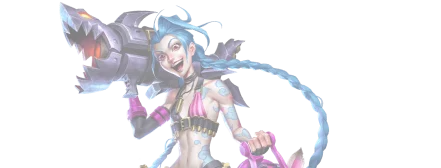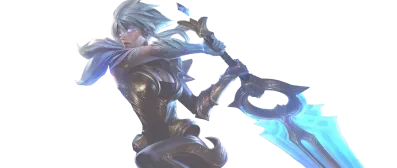What Does LOD Mean in Games?
💡 LOD Meaning in Gaming
- LOD (Level of Detail) in gaming is a technique that adjusts the complexity of 3D objects based on their distance from the viewer, optimizing performance by reducing detail on distant objects while maintaining high quality for nearby elements.
Ever wondered how your favorite games manage to look stunning up close while still rendering vast landscapes in the distance? Today, we’re pulling back the curtain on a little tech magic called LOD. No, it’s not a new esports team – it’s the secret sauce that keeps your games looking sharp and running smooth. Get ready to level up your tech knowledge and see your games in a whole new light!
What Is LOD in Terms of Gaming?
LOD stands for Level of Detail. It’s a technique game developers use to balance amazing graphics with smooth performance. Basically, LOD is all about changing how detailed objects in the game look based on how far away they are from the player’s viewpoint.
Think of it like this: When you’re standing right next to a tree in a game, you can see every leaf and bark texture. But when that same tree is far off in the distance, do you really need to see all those details? Nope! That’s where LOD comes in, simplifying far-away objects to save your computer or console some work.
How Does LOD affect the game?
LOD has a big impact on both how a game looks and how it runs:
- Performance Boost: By reducing detail on distant objects, LOD helps the game run more smoothly. This means higher frame rates and less stuttering.
- Visual Quality: LOD allows developers to pack in more detail for close-up objects without tanking performance.
- Draw Distance: Good LOD implementation lets games show more of the world at once without overwhelming your system.
- Loading Times: LOD can help reduce loading times by managing how and when detailed models are loaded.
- VR Performance: In virtual reality, where performance is super critical, LOD is a game-changer (pun intended).
- Open World Games: LOD is crucial for vast open-world games, allowing them to render huge landscapes without melting your GPU.
- Pop-in Effect: Sometimes you might notice objects suddenly becoming more detailed as you get closer. That’s LOD in action, though developers try to make this transition as smooth as possible.
Other Related Terms
When diving into the world of LOD and game graphics, you might come across these related terms:
- Polygon Count: The number of polygons (basic 3D shapes) that make up a 3D model. Lower LOD models have fewer polygons.
- Texture Resolution: Like 3D models, textures (the ‘skin’ on 3D models) can also change resolution based on distance.
- Mipmapping: A technique used for texture LOD, creating pre-computed, optimized collections of images.
- Draw Distance: How far into the distance a game renders objects before cutting off.
- Culling: The process of removing objects from rendering that aren’t visible to the player.
- Pop-in: The visual effect when objects suddenly appear or change detail level.
- LOD Bias: A setting in some games that lets you adjust the aggressiveness of LOD changes.
- Tessellation: A technique that can add detail to 3D models in real-time, often used in conjunction with LOD.
- Billboarding: Replacing 3D models with 2D images for very distant objects, an extreme form of LOD.
- Dynamic LOD: Systems that adjust LOD based on factors beyond just distance, like system performance or scene complexity.
So there you have it, tech-savvy gamers! Now you know the secret behind how games manage to look amazing up close while still showing vast, detailed worlds. LOD is the unsung hero working behind the scenes to give you the best balance of graphics and performance. Next time you’re exploring a massive open world or admiring the details of a character’s face, give a little nod to LOD for making it all possible. Game on!




![Tabletop Gamers Crave More Play, But Life Keeps Getting in the Way [Infographic]](https://gametree.me/wp-content/uploads/2025/07/tabletop-infographic-thumb-statistics-300x126.png)









